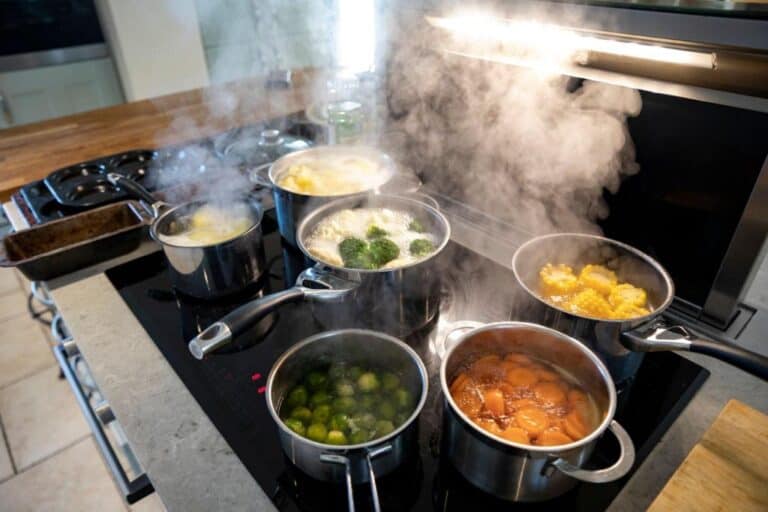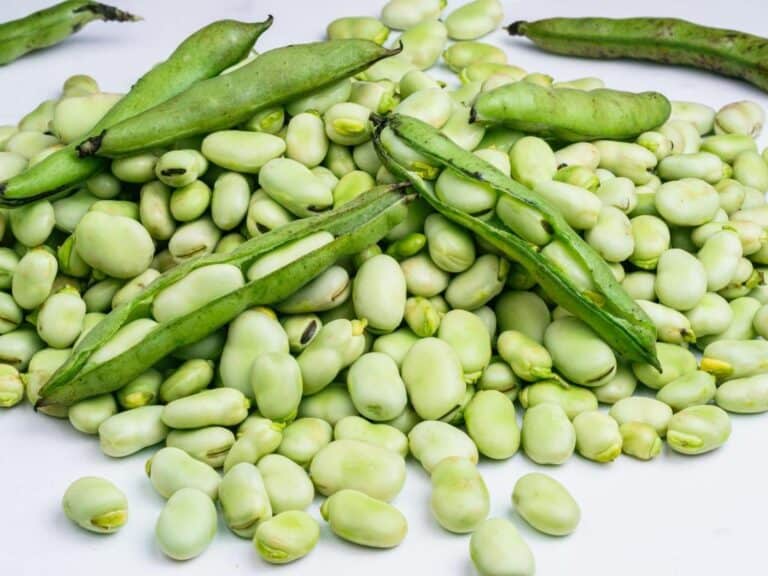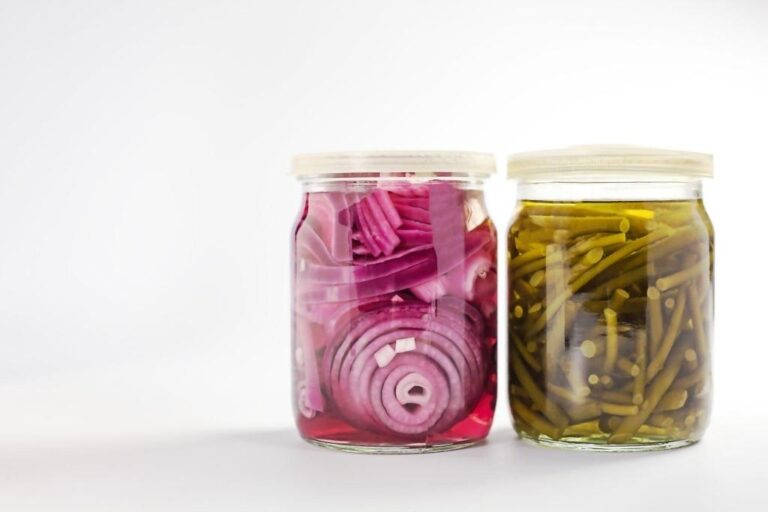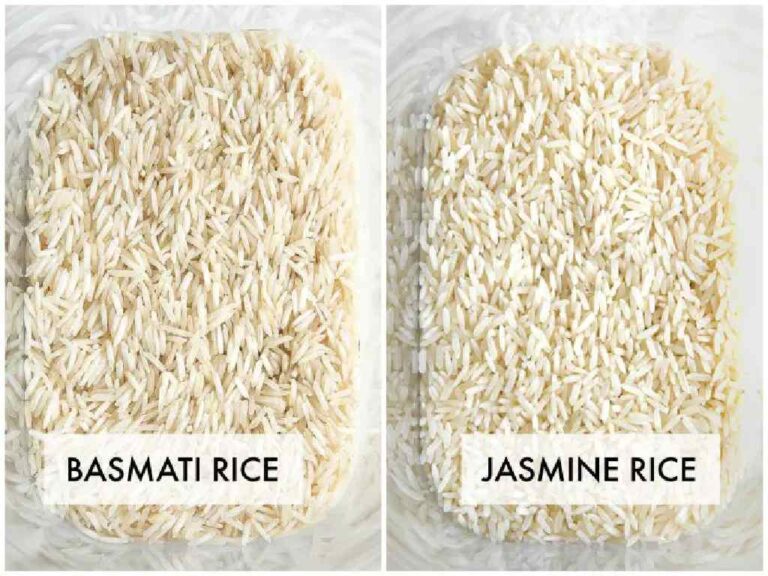Can You Boil Scallops? Here’s Everything You Need to Know
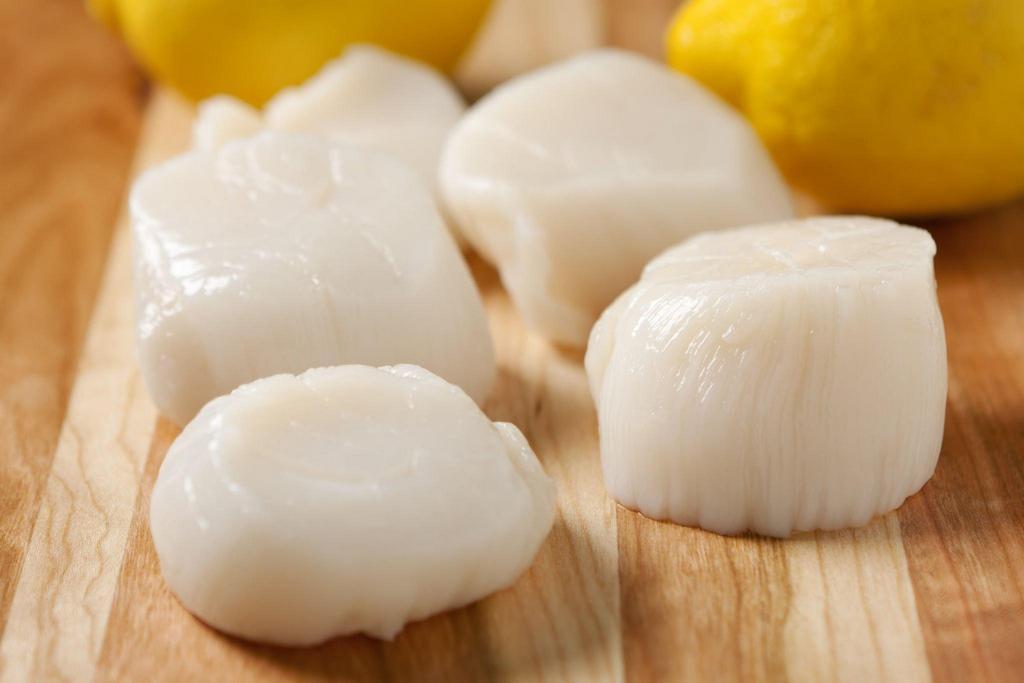
Are you looking for a quick and easy way to cook scallops? Are you wondering whether or not you can boil scallops?
If so, this article is just the right place to find out. In this article, we’ll explain everything you need to know about boiling scallops. We’ll also talk about some other things you might want to know before you try to boil scallops.
From selecting the right scallops to seasoning and serving, we’ve got you covered. So, whether you’re an experienced cook or just starting out, read on to learn how to create delicious, perfectly boiled scallops.
Can You Boil Scallops?
Yes, boiling scallops is a common way to cook them because it is easy, quick, and makes tender, tasty scallops. To keep scallops from getting tough and overcooked, you only need to boil them for a short time at a moderate temperature.
Boiling is a simple and effective method for cooking scallops. With this method, you put the scallops in a pot of boiling water for a short time. Every time, the scallops come out perfectly cooked and tender. This method is great for those who are new to cooking scallops and want a quick and easy preparation method.
What Are Scallops and How to Choose Them
Scallops are bivalve mollusks that are popular for their sweet, delicate flavor. They come in two main varieties: bay scallops and sea scallops.
Bay scallops are smaller and more tender than sea scallops, but they are also more expensive. Sea scallops are larger, meatier, and more versatile, making them a popular choice for boiling.
When choosing scallops, it’s important to look for ones that are plump, moist, and odorless. If the scallops have a strong or fishy smell, they are likely past their prime and should not be consumed.
The freshest scallops should be clear, not discolored or slimy. Also, it’s best to buy scallops from a reliable source, like a reputable seafood market or a reliable store.
In terms of preparation, scallops need to be cleaned and checked prior to boiling. To do this, you have to take the scallop out of its shell and cut off the foot and muscle, which can be tough and not very tasty.
INFO
It’s important to note that not all scallops are shucked prior to sale, so you may need to do this yourself at home. Once the scallops are cleaned and shucked, they can be portioned into desired sizes. Boiling scallops is a quick and easy cooking method, and they are typically done when they are opaque and firm to the touch.
Preparing Scallops for Boiling
Before boiling scallops, they must be cleaned and shucked. In this step, the scallops are taken out of their shells, and any tough or inedible parts are thrown away.
To shuck the scallops, start by holding the scallop with a towel or cloth and using a sharp knife to carefully pry open the shell. Once the shell is open, you should be able to remove the scallop from the shell by gently pulling it away from the shell.
The next step is to remove the muscle and foot, which is the small, tough piece that is attached to the scallop. This can be done by cutting it off with a sharp knife or using your fingers to gently pull it away.
Once the scallops are cleaned and shucked, they can be portioned into desired sizes. This is especially important if you are using small scallops, such as bay scallops, as the boiling time will vary based on their size.
Boiling scallops is a relatively fast cooking method, and they are typically done when they are opaque and firm to the touch. It’s important not to overcook scallops, as they can become tough and chewy. The ideal cooking time will vary depending on the size of the scallops and the method used to boil them, so be sure to keep an eye on them as they cook.
Different Methods for Boiling Scallops
There are several methods for boiling scallops, and each method will result in slightly different textures and flavors. Here are a few popular methods:
- Boiling in Water: This is the simplest and most straightforward method for boiling scallops. Simply bring a pot of water to a boil, add the scallops, and cook until they are opaque and firm to the touch. This method is quick and easy, but it doesn’t add any flavor to the scallops themselves.
- Boiling in Broth: Boiling scallops in broth adds flavor and moisture to the scallops. To do this, bring a pot of broth to a boil, add the scallops, and cook until they are opaque and firm to the touch. The broth can be seasoned to taste, and it can also be used as a flavorful base for sauces or soups.
- Boiling with Herbs and Spices: Boiling scallops with herbs and spices is a great way to add extra flavor. To do this, bring a pot of water to a boil, add herbs and spices to taste, and then add the scallops. Cook until the scallops are opaque and firm to the touch. This method is perfect for adding a touch of extra flavor to the scallops, and it can also be used to complement other ingredients in a dish.
- Boiling with Wine: Boiling scallops with wine is a flavorful way to cook scallops. To do this, bring a pot of wine to a boil, add the scallops, and cook until they are opaque and firm to the touch. This method is perfect for adding a touch of richness and depth to the scallops, and it can also be used to create a flavorful sauce.
No matter which method you choose, it’s important to remember that boiling time will vary based on the size of the scallops and the method used. Be sure to keep an eye on the scallops as they cook and remove them from the pot as soon as they are done to avoid overcooking.
Tips for Boiling Scallops Perfectly
Boiling scallops is a simple process, but there are a few tips that will help you achieve the best results. Here are a few things to keep in mind:
- Choose the right size scallops: Look for scallops that are similar in size so that they cook evenly. Avoid large scallops that may become tough when boiled.
- Don’t overcook the scallops: Overcooked scallops can become tough and rubbery. To prevent this, bring the pot of water to a boil and then add the scallops. Cook the scallops for 2-3 minutes, or until they are just cooked through and still tender.
- Use flavorful liquids: To add extra flavor to your boiled scallops, consider using a flavorful liquid instead of just water. White wine, chicken or vegetable broth, and even citrus juices are all good options.
- Season the scallops: Boiled scallops are a blank canvas, and can be seasoned in a variety of ways. Salt and pepper are the simplest options, but you can also add herbs, spices, or other seasonings to taste.
- Serve immediately: Boiled scallops are best served immediately after cooking. If you must reheat them, do so quickly and over low heat to prevent overcooking.
Serving and Storing Boiled Scallops
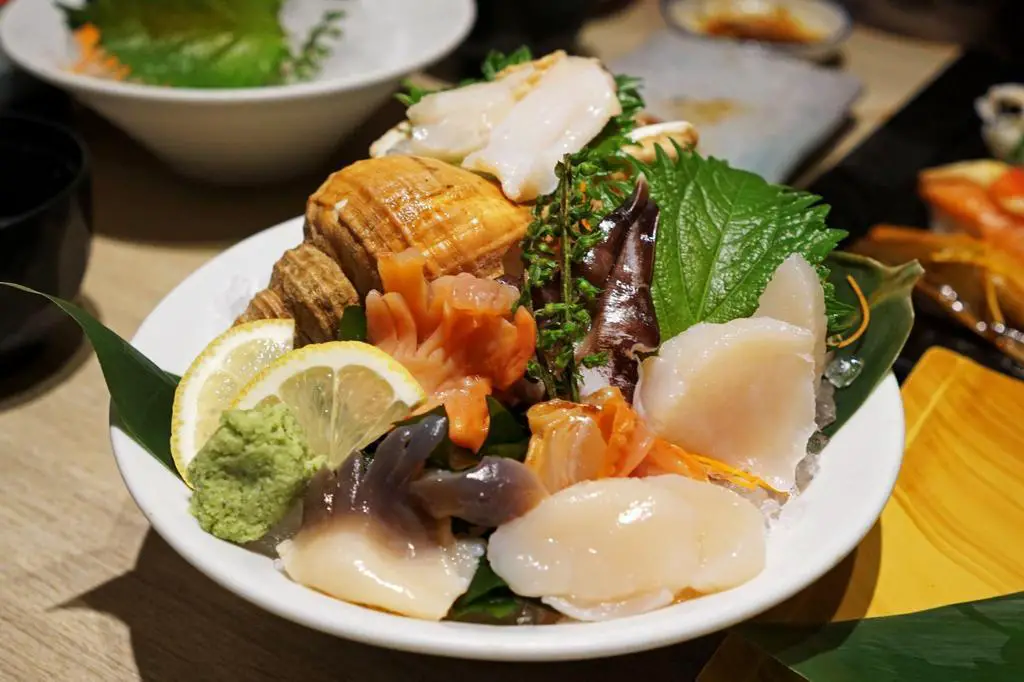
Boiled scallops are a versatile and delicious ingredient that can be served in a variety of ways. Some popular serving options include:
- As a simple side dish: Boiled scallops can be served as a simple side dish, seasoned with a bit of salt and pepper, lemon juice, or herbs. This is a great option for showcasing the delicate flavor and texture of the scallops.
- In salads and appetizers: Boiled scallops can be chopped and added to salads, or served as an appetizer on their own or with a dipping sauce. This is a great way to add some extra flavor and protein to your meal.
- In soups and stews: Boiled scallops can be added to soups and stews for a touch of extra flavor and richness. They are especially delicious in creamy, flavorful broths.
Boiled scallops can be stored in the refrigerator for up to three days in an airtight container. When storing boiled scallops, be sure to allow them to cool completely before refrigerating, and make sure they are completely covered to prevent spoilage. To reheat boiled scallops, simply warm them in a pot of boiling water or in the microwave.
Boiling Scallops vs Steaming Scallops
Two popular methods for cooking scallops are boiling and steaming. Both ways have their pros and cons, and which one you choose will depend on your personal preferences and cooking goals.
For a quick and easy way to boil scallops, put them in a pot of simmering liquid, like water or broth, for about two to three minutes. Boiling scallops results in a tender and succulent texture, but it can also cause the scallops to become tough if they are overcooked.
This method is best for those who want a quick and easy cooking method, or for those who are looking to infuse the scallops with the flavors of the cooking liquid.
Steaming scallops, on the other hand, requires a steamer basket or a pot with a steamer insert. After putting the scallops in the basket or insert, they are steamed for 2–3 minutes over boiling water.
When you steam something, the texture is soft and delicate, and it is less likely to get tough than when you boil it. This method is best for those who want to preserve the natural flavor of the scallops or for those who are looking for a healthier cooking method as no oil or butter is required.

